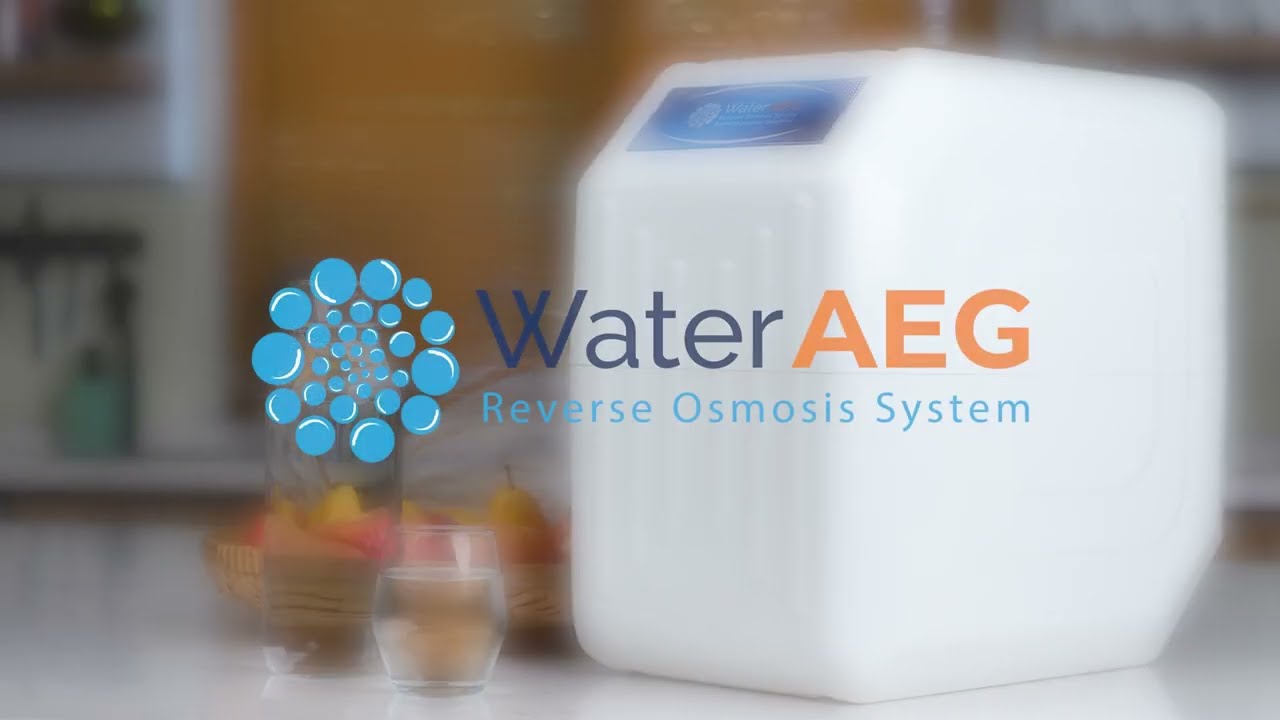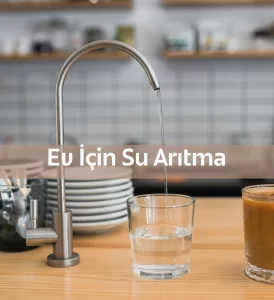From Tap to Treasure: The Journey of Water Through AEG Purification in Istanbul
Istanbul, a city brimming with history and culture, is also a bustling metropolis with millions of residents relying on its extensive water supply system. As the population grows and the demand for clean water escalates, the role of effective water purification becomes increasingly crucial. One of the vital players in this arena is AEG (Artı Enerji Grup), a prominent company dedicated to transforming tap water into a safe and reliable resource for the city’s inhabitants.
The Importance of Water Purification
Water is essential for life. It is crucial not only for drinking but also for sanitation, agriculture, and industry. In Istanbul, the sources of water include rivers, reservoirs, and groundwater. However, before reaching consumers, water must undergo several purification processes to ensure it meets health and safety standards. Here, AEG steps in, providing a sophisticated purification system that guarantees high-quality water.
The Journey Begins: Sourcing the Water
The journey of water through the purification system begins at various natural sources located near Istanbul. These can include dams like the Ömerli Dam or the Alibeyköy Dam, which capture and store water from rainfall and melted snow. Once the water is collected, it is channeled to the treatment plants operated by AEG.
Initial Screening
Upon arrival at the treatment plant, the water undergoes initial screening to remove larger particles such as leaves, debris, and other impurities. This process employs screens that can filter out particles larger than a few millimeters, allowing the water to flow freely into the next stages of purification.
Coagulation and Flocculation
Once the water is screened, the first chemical treatment process begins. Coagulation is the addition of chemicals such as aluminum sulfate, which causes smaller particles and impurities in the water to bind together, forming larger clusters called flocs. Following coagulation, the water is stirred to promote flocculation, ensuring that these clusters form efficiently.
Sedimentation: Nature’s Artistry
The next step involves sedimentation, where the water is allowed to sit in large basins, giving the flocs enough time to settle to the bottom. This process removes a significant portion of the suspended matter from the water, making it cleaner and clearer. This natural approach not only ensures efficient purification but also minimizes the use of chemicals.
Filtration: The Heart of Purification
After sedimentation, the water flows through various filters composed of layers of sand, gravel, and activated carbon. This multi-stage filtration process further cleanses the water by removing any remaining particulate matter, sediments, and microorganisms. Activated carbon is particularly effective at eliminating odors, chlorine, and other chemicals, resulting in great-tasting water.
Disinfection: Ensuring Safety
Having undergone rigorous filtration, the water is now nearly ready for distribution, but it must first be disinfected. AEG employs multiple disinfection methods, including chlorination, ultraviolet (UV) light treatment, and ozonation. Each method has its advantages; chlorination is effective against bacteria and viruses, while UV light targets pathogens without leaving harmful residues. Ozonation is a powerful oxidant that can eradicate microorganisms and reduce organic compounds.
Storage and Distribution
Once purified, the water is stored in large, secure reservoirs before being distributed throughout the city. The storage facilities are equipped with monitoring systems to ensure that quality remains consistent over time. When water flows into the distribution network, it is constantly tested for contaminants to ensure safety for consumers.
Community Awareness and Education
AEG is not just about purification; it also plays an important role in educating the public on water conservation and the importance of clean water. By conducting workshops, community outreach programs, and informational campaigns, AEG aims to promote responsible water consumption and environmental stewardship among Istanbul’s residents.
Challenges and Innovations
The task of providing clean water in a rapidly growing city like Istanbul is fraught with challenges. Population growth, pollution, and climate change are significant factors influencing water quality and availability. AEG is committed to tackling these issues head-on, employing innovative technologies such as advanced membrane filtration, real-time monitoring systems, and sustainable practices to ensure that they can meet future demands.
Case Studies: Success Stories
AEG has numerous success stories under its belt. For instance, the use of solar panels at treatment facilities has reduced energy consumption and lowered operational costs, proving that sustainability and efficiency can go hand in hand. Furthermore, collaborations with local authorities and international agencies have allowed AEG to implement best practices in water management, proving beneficial for both the environment and the community.
Conclusion
The journey of water from tap to treasure is a complex, multi-stage process that involves cutting-edge technologies, community engagement, and an unwavering commitment to quality. AEG’s role in refining Istanbul’s water supply is a testament to the importance of modern purification methods in ensuring the health and well-being of its residents. With the future in mind, AEG continues to innovate, adapt, and educate, making every drop of water a treasure for the city of Istanbul.
FAQs
-
What is water purification?
Water purification is the process of removing contaminants from water to make it safe for drinking and other uses. -
How does AEG ensure the quality of water?
AEG uses a multi-step purification process that includes screening, coagulation, sedimentation, filtration, and disinfection. -
Where does Istanbul source its water?
Istanbul sources its water from rivers, reservoirs, and underground aquifers throughout the surrounding region. -
What technologies does AEG use in its purification processes?
AEG employs combined techniques, including chemical treatments, filtration systems, and advanced disinfection methods like UV treatment and ozonation. -
Why is community education important in water management?
Community education promotes responsible consumption and conservation of water, helping to ensure sustainable resources for future generations. -
What are the challenges AEG faces in water management?
AEG faces challenges such as population growth, pollution, climate change, and the need to continuously innovate to meet growing demands. - How can residents of Istanbul contribute to water conservation?
Residents can conserve water by adopting simple practices such as fixing leaks, using water-efficient appliances, and practicing mindful usage.
In conclusion, AEG’s influence on water purification in Istanbul extends beyond technical knowledge. Their commitment to quality, community, and sustainability ensures that the journey from tap to treasure continues seamlessly for all residents.




